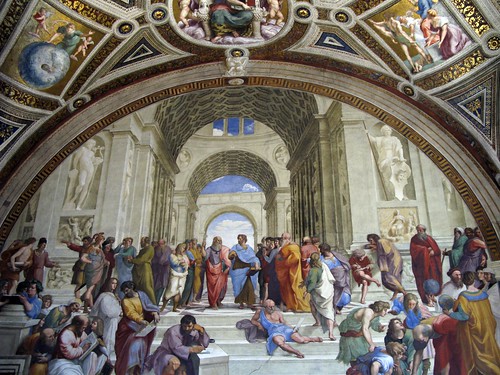
John Philoponus (Ἰωάννης ὁ Φιλόπονος) lived from AD 490 to AD 570. Φιλόπονος (Philoponus) means "lover of work" and he was so called for the reason that he spent as much time as he could studying.
He was also known as John the Grammarian or John of Alexandria, was a theologian and scientist who challenged Aristotle’s physics.
Although suspect of heresy, his works were widely printed in Latin translations in Europe from the 15th century onwards. His work was plagiarised by Galileo, by Pico della Mirandola and by others.
He studied at the school of Alexandria and began publishing from about 510. He was a pupil and sometime amanuensis to the Neoplatonic philosopher Ammonius, who had studied at Athens under Proclus.
Philoponus became one of the earliest thinkers to reject Aristotle’s dynamics and propose the theory of impetus which is really nothing less than the theory which Sir Isaac Newton later claimed to invent, namely the law of inertia i.e. an object moves and continues to move because of an energy imparted in it by the mover, and ceases movement when that energy is dissipated by an opposite force (like gravity).
In 529 Philoponus wrote his critique Against Proclus in which he systematically defeats every argument put forward for the eternity of the world, a theory which formed the basis of pagan attack of the Christian doctrine of Creation, just as it does today in the debates between Christians and atheists over evolution.
Around 550 he wrote a theological work On the Creation of the World as a commentary on the Bible’s story of creation using the insights of Greek philosophers and St Basil the Great.
In this work he transfers his theory of impetus to the motion of the planets, whereas Aristotle had proposed as an explanation for the motion of heavenly bodies and for earthly projectiles that they were moved by angels. Philoponus, accurately, put the movement down to impetus. He had effectively discovered gravity long before Newton.
Philoponus’ view of space as homogeneity is influenced by the Hellenic teaching of Aristotle. However, Philoponus and his contemporaries, Simplicius of Cilicia and Strato developed this concept further. This concept guided the Renaissance theory of perspective, particularly that of Leon Battista Alberti, and other architectural masters.
Philoponus’ theological work is recognized in the history of science as the first attempt at a unified theory of dynamics. Another of his major theological concerns was to argue that all material objects were brought into being by God (Arbiter, 52A-B). Around 553 Philoponus made some theological contributions to the Council of Constantinople concerning Christology.
In his own time and afterwards he was translated into Syriac and Arabic and many of his works continued to persevere and be studied by the Arabs. Some of his works continued to circulate in Europe in Greek or Latin versions, and influenced Bonaventure.
The theory of impetus was taken up by Friar Francesco di Marchia who taught at the Sorbonne. Marchia likened the law of impetus to the Blessed Sacrament saying that grace entered the soul through the Sacrament but was lost by sin, just as impetus was imparted to an object causing movement until an opposite force, like sin, stopped the movement.
Marchia’s teachings were taken up by Jean Buridan, another Sorbonne professor in the 14th century, who developed more fully the law of impetus. It was this theory that was later plagiarised by Newton and presented as his own theory of “inertia”.
It is this law of impetus – or inertia – that is the basis of modern physics, science and so much modern technology.
Thus we see that modern science finds its origins in a law devised by a 6th century Catholic theologian which was later revived in the great Catholic University of Sorbonne as an analogy for the Blessed Sacrament.
So much for the false accusation that the Catholic Church objects to science. On the contrary, it has been the greatest promoter of science!

...






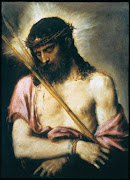



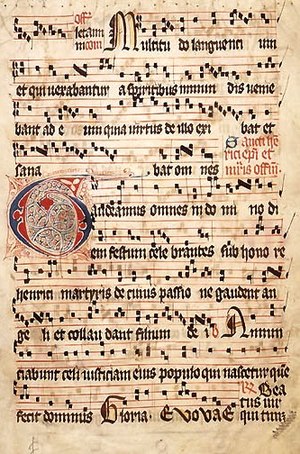

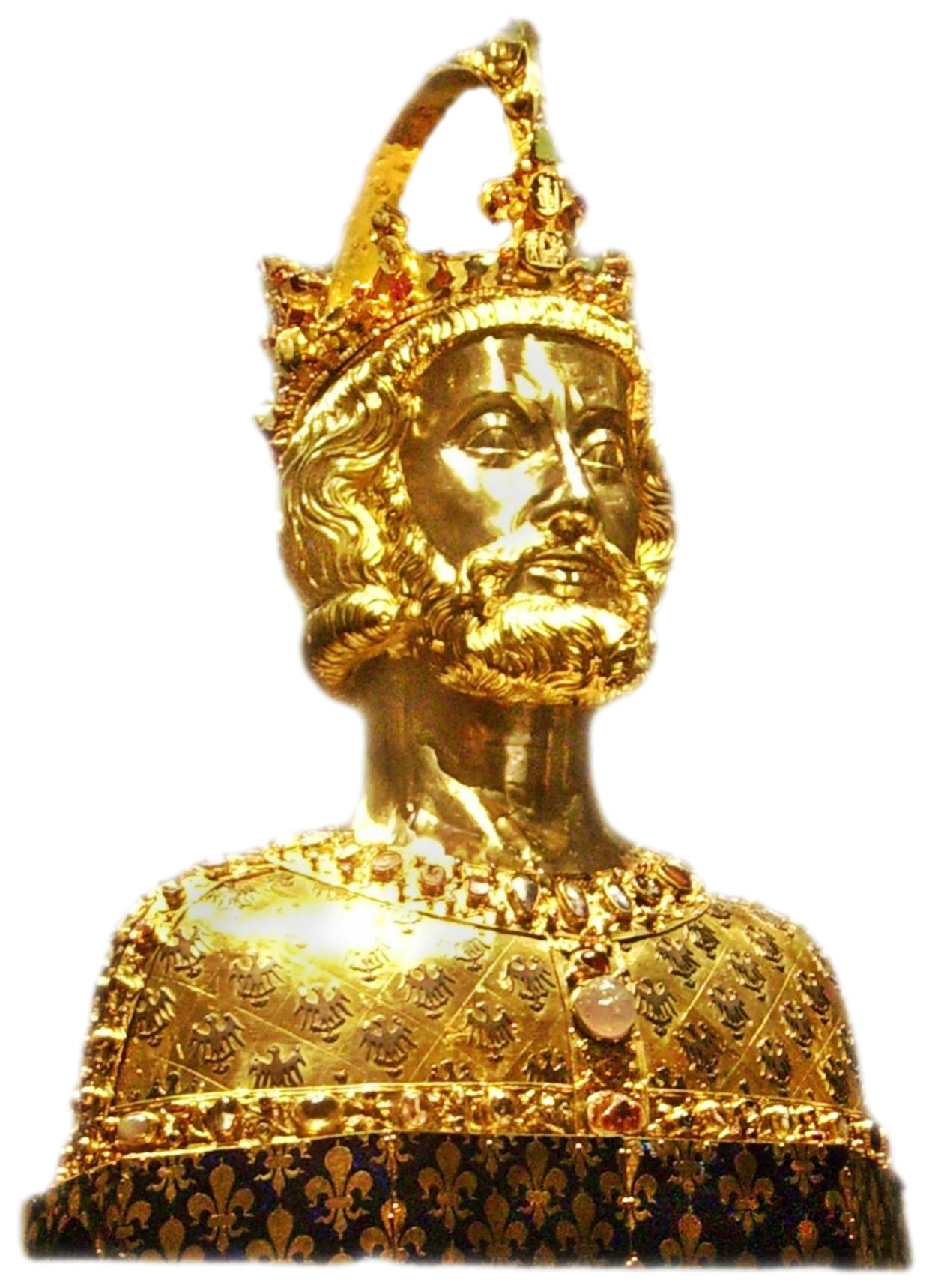



.jpg)








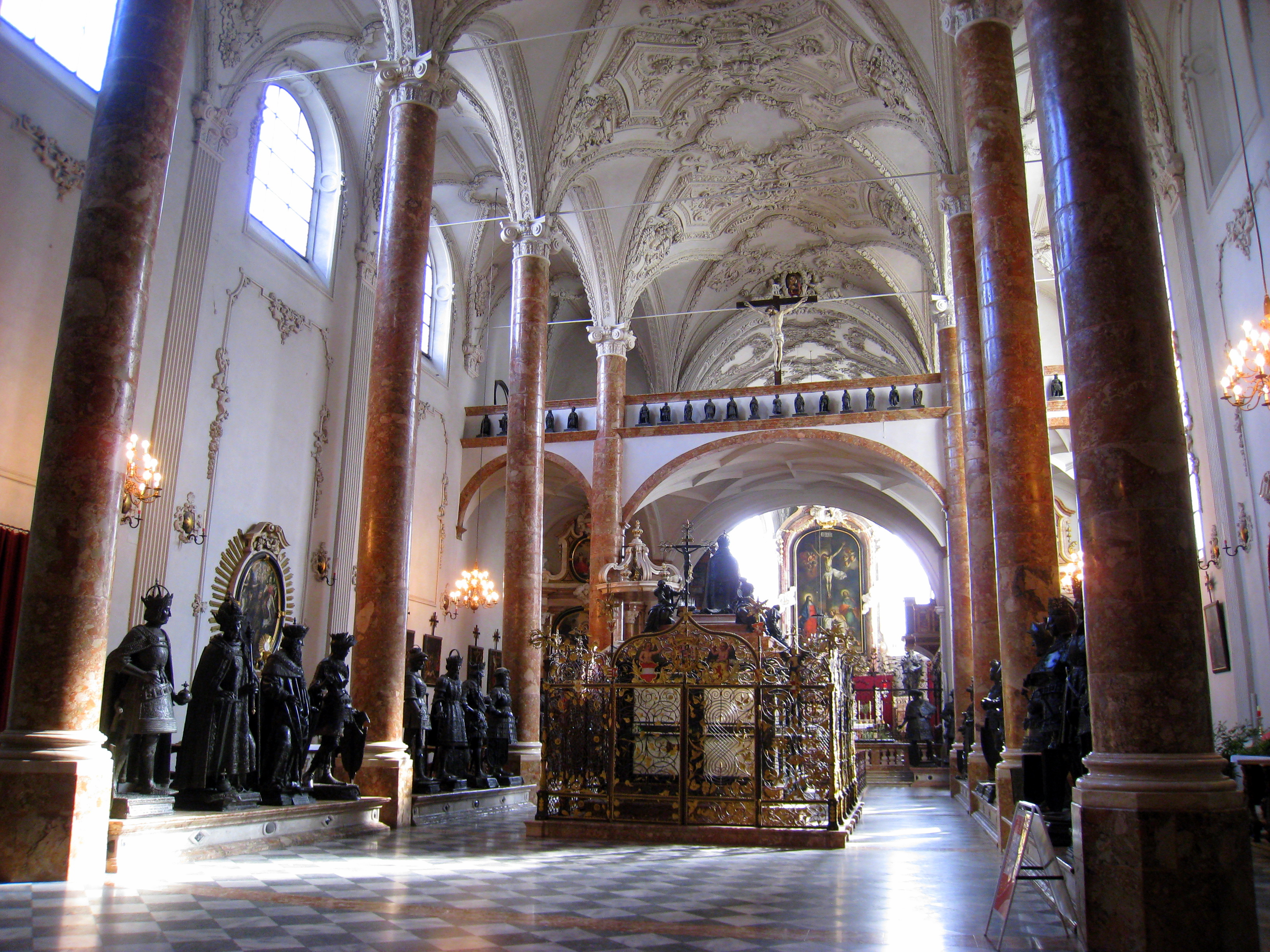


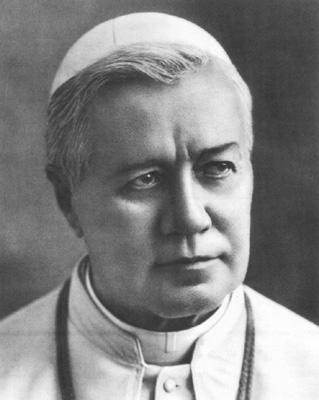










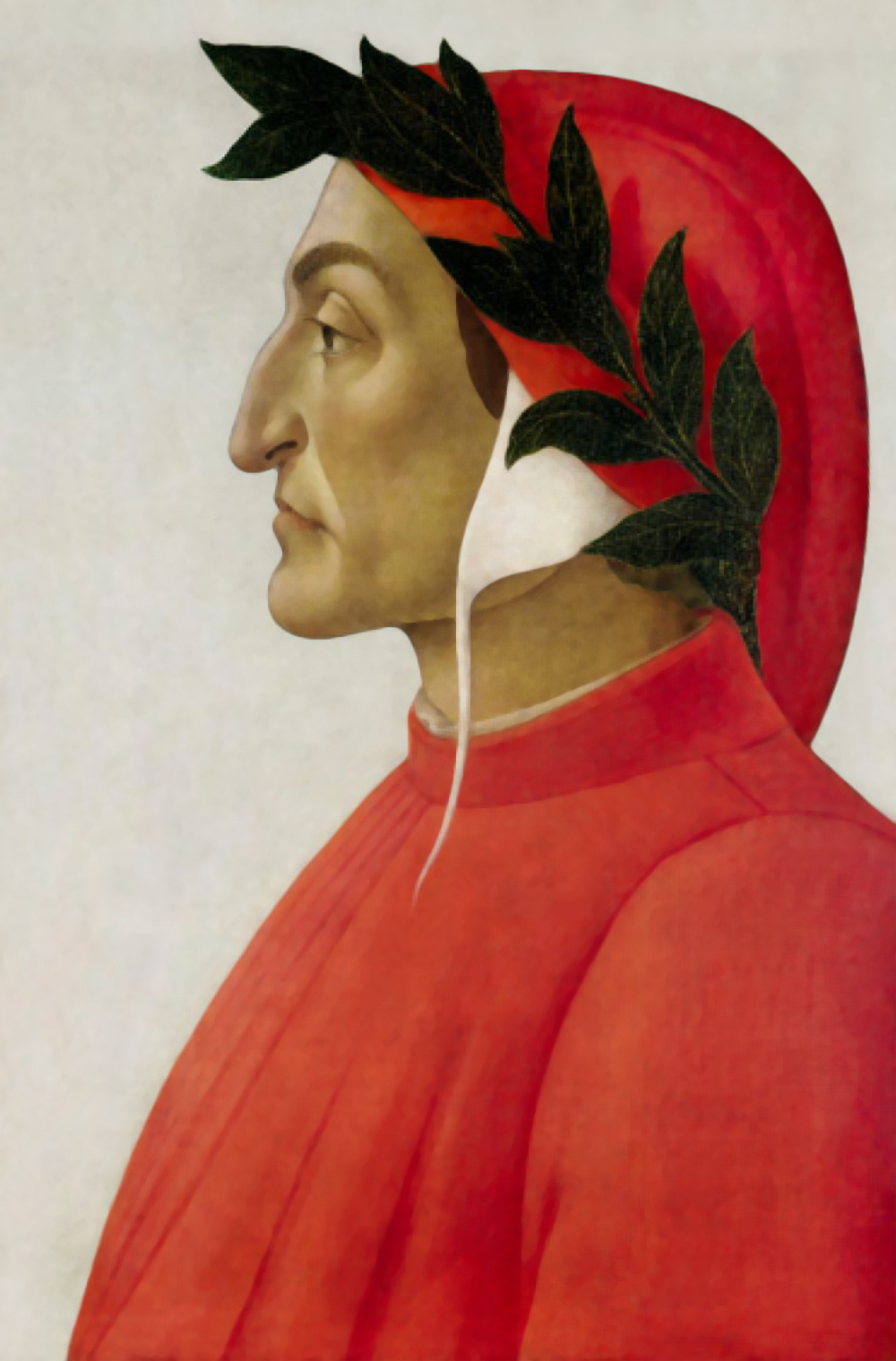



_-002.jpg/220px-Circle_of_Anton_Raphael_Mengs,_Henry_Benedict_Maria_Clement_Stuart,_Cardinal_York_(ca_1750)_-002.jpg)


